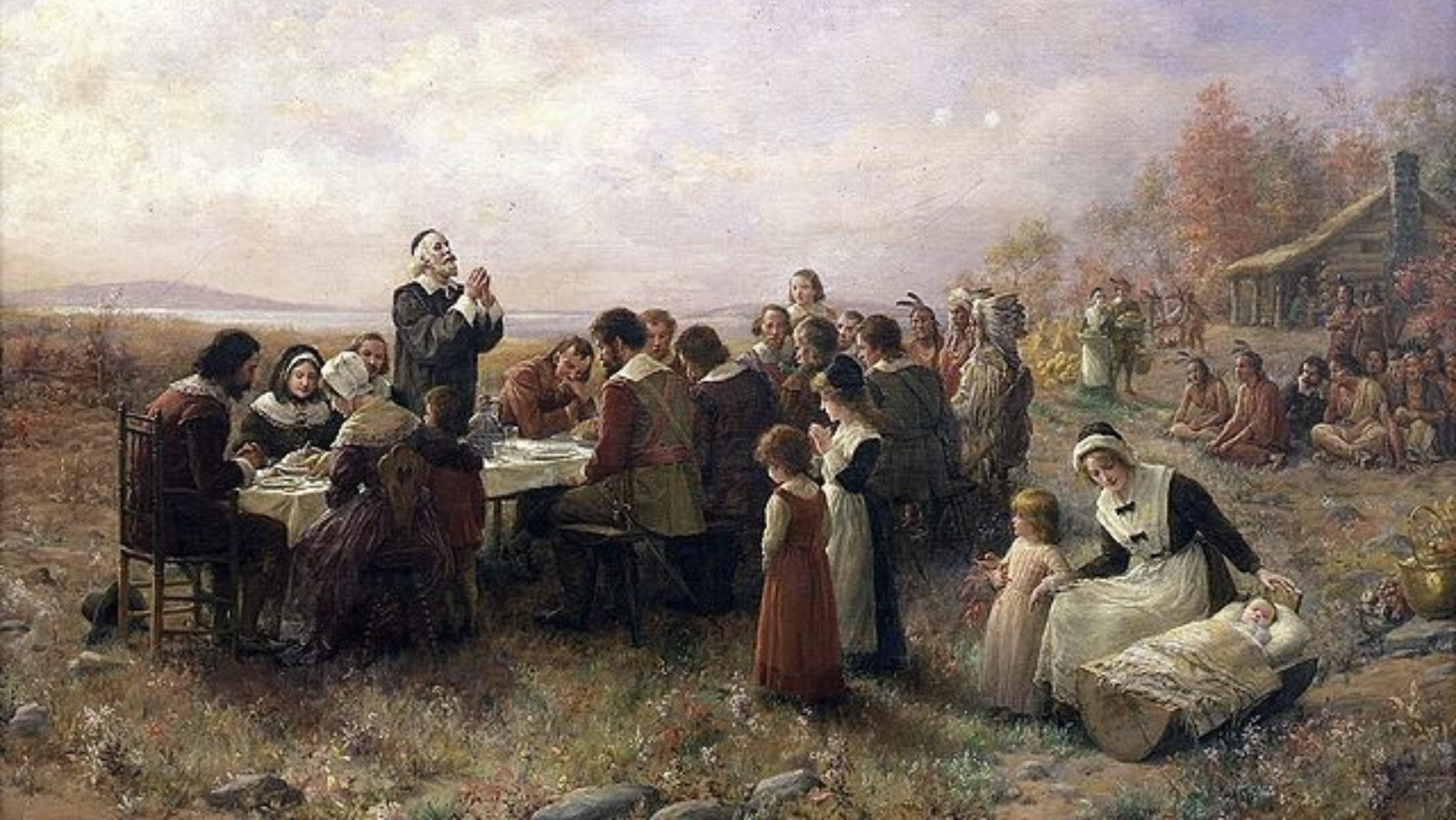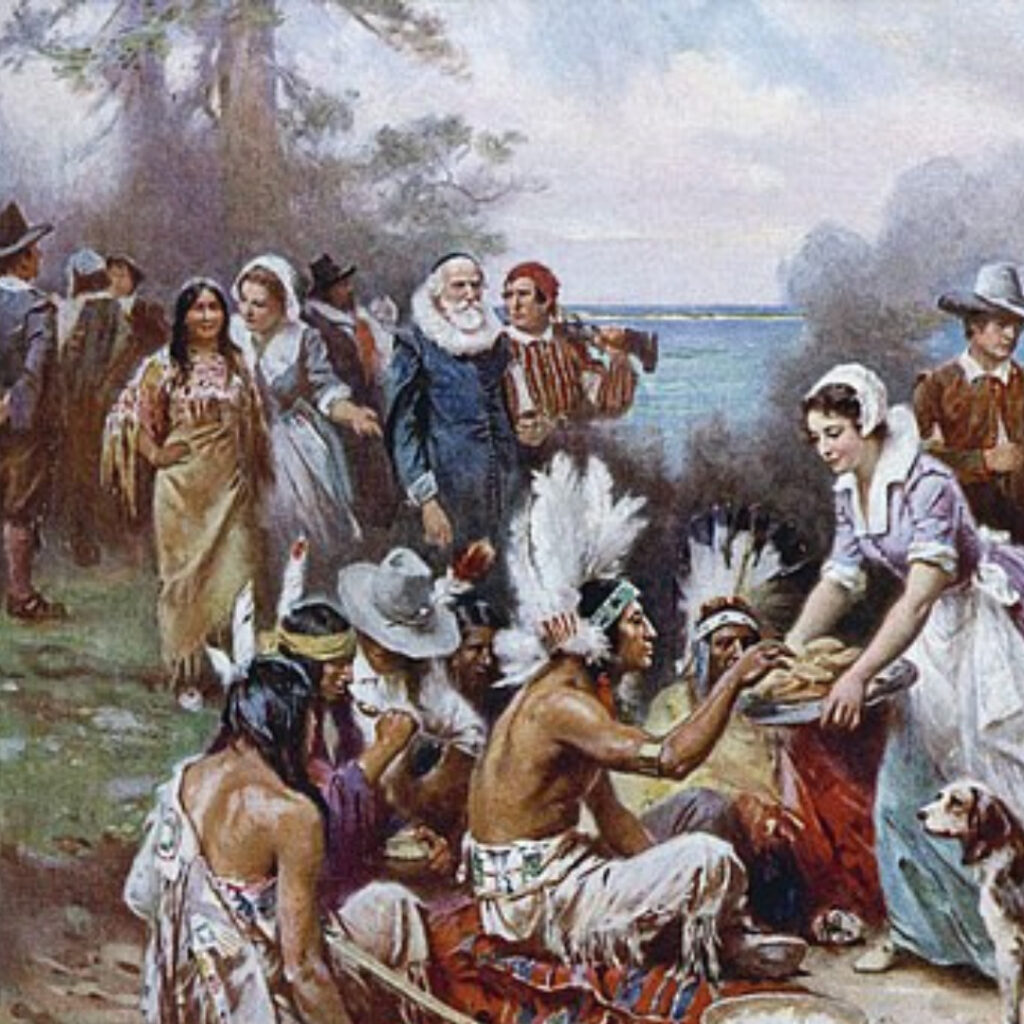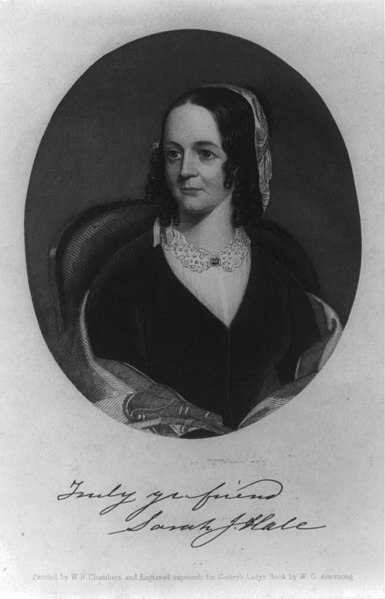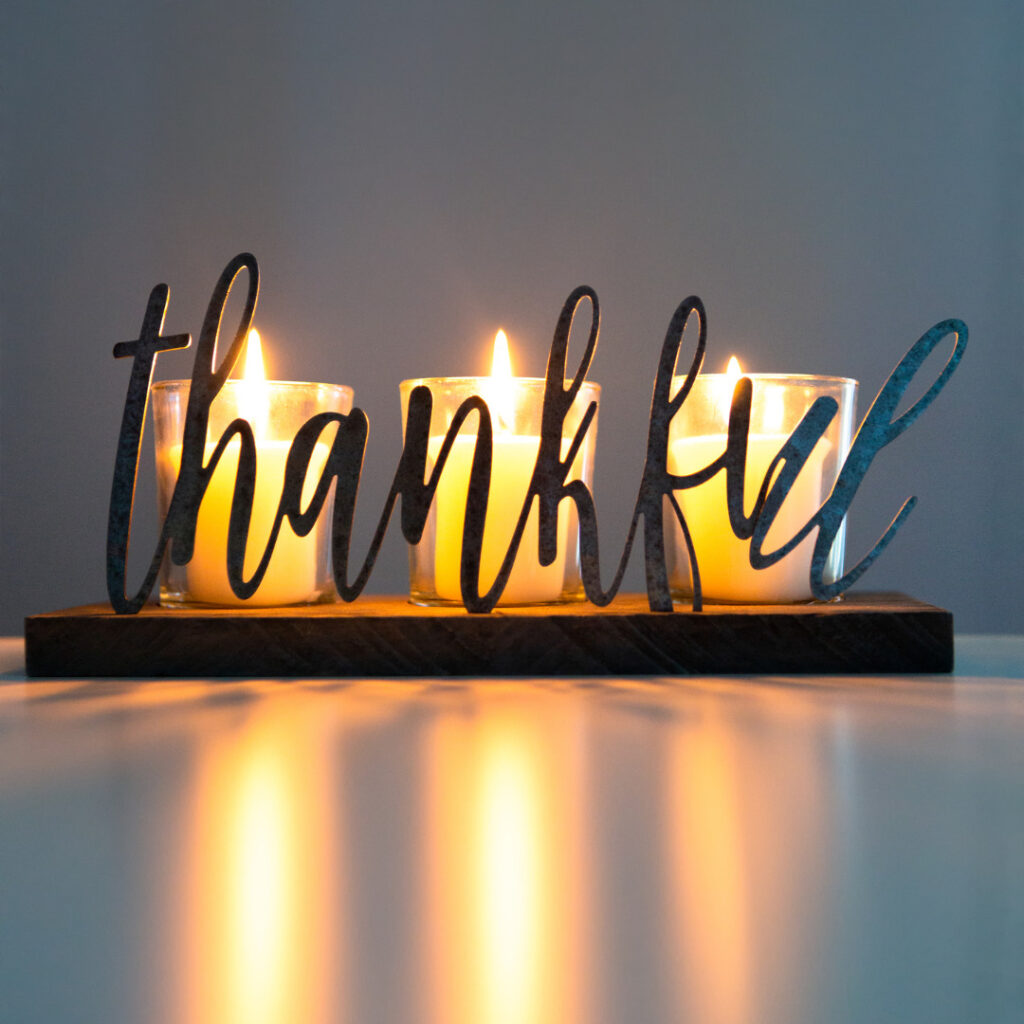Thanksgiving’s History: Going Beyond the Turkey to the True Meaning
The history of Thanksgiving is long and slightly more convoluted than one might expect. Most people know that the feast celebrates the coming together of the Pilgrims and Wampanoag people in 1621 to celebrate the harvest. Many may not know that the holiday actually took a complex journey to being the most popular holiday in […]
SWAN

The history of Thanksgiving is long and slightly more convoluted than one might expect. Most people know that the feast celebrates the coming together of the Pilgrims and Wampanoag people in 1621 to celebrate the harvest. Many may not know that the holiday actually took a complex journey to being the most popular holiday in America today.
But first…
The Beginning
After fleeing religious persecution, the Pilgrims ended up in the Netherlands. However, twelve years later, they struggled with the new non-agricultural jobs, the different language, and different culture. Unable to return to England, the Pilgrims made the decision to cross the ocean to North America.
The journey was far from pleasant. The Mayflower and the Speedwell set out together, but the Speedwell was soon forced to turn back due to the taking on of water. Moving the passengers who wished to continue to the other boat created a crowded environment. In addition, problems delayed the journey from summer to late fall and winter.

The Pilgrims arrived to the bitter cold of a strange land. Tisquantum (Squanto) arrived. The sole survivor of his village that had once stood where the Pilgrims landed, he helped the Pilgrims make an alliance with the Wampanoag tribe. Even with his help, during the long and bitter winter, almost half of the colonists would die. Few families survived untouched, some were completely gone, and many had a single member remaining.
While most today see Thanksgiving as a feast of plenty, it was more than that. It was a worshipful act of gratitude that they had survived, and a time of grief and mourning for the many of their loved ones who did not survive to reach that First Thanksgiving.
The peace sealed with the Thanksgiving feast of the Pilgrims and Wampanoag people would last for decades.
The Journey to Official Status

At the time, days of thanksgiving were not uncommon. Colonists set aside days to thank God for a variety of reasons. Close to the dawn of the nineteenth century, Thanksgiving Day as we know it was still an unofficial holiday. U.S. Congress had decided to leave the holiday’s declaration up to individual states to decide. Some states did, and others objected for a variety of reasons.
In the middle of the century, a magazine editor, Sarah Josepha Hale, lobbied for the holiday to become official to encourage unity — so it’s ironic that President Lincoln proclaimed the first national day of thanksgiving during the middle of the Civil War.

Presidents after Lincoln would proclaim the day each year. Almost without exception, the last Thursday of November was designated. Then President Franklin D. Roosevelt decided that moving the holiday backwards would extend the Christmas shopping season (if only he could see the Christmas decorations that appear in the stores earlier and earlier every year).
People, however, were not impressed with FDR’s idea. Congress stepped in, and in 1942, with a world war raging, the fourth Thursday of November officially became Thanksgiving Day.
Afterwards
Thanksgiving Day remains a popular holiday for families to gather and celebrate together while sharing food, fun, and football while focusing on gratitude.

So, it’s a strange thing to realize that the history of Thanksgiving’s journey to “officialness” is so connected to mourning, grief, and wars. Yet, perhaps, that’s when we need to be the most focused on gratitude. At the worst times, we can all take a little time to reflect and be thankful.
For those of us at Swan, we are thankful that Swan continues to thrive in the midst of a war that affects many of our team members. We are thankful for family, for freedom, for those first brave Pilgrims and Wampanoags who sat down and ate a meal together.
Many Thanksgiving Blessings to you and and yours.




